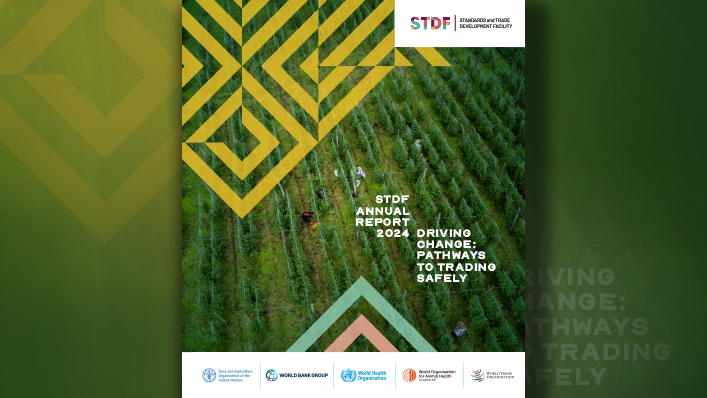The Rupee appreciated on Thursday, notwithstanding US President Donald Trump slapping a 27 per cent tariff on Indian exports to his country, in the wake of Dollar weakening against major global currencies amid tariff wars and inflows into the Indian financial markets.
The Rupee (INR) closed at 85.43 per US Dollar (USD), up about 7 paise, versus previous close of 85.4975. Though it touched an intraday low of 85.75 per USD, the Indian unit pulled back on inflows related to FPI investments in Indian markets.
Referring to the sweeping blanket tariffs announced by US President Donald Trump on imports, Sonal Badhan, Economist, Bank of Baroda, observed that amongst major Emerging Markets of Asia, India has one of the lowest rate of 27per cent , after Philippines (17 per cent ). These measures may lead to some trade realignment, as countries with lower rate (such as India) will have an opportunity to gain market share.
INR depreciated by 2.4 per cent in FY25, after falling by 1.5 per cent in FY24. The depreciation pressure on INR manifested largely after the US elections results, per Badhan’s assessment.
Growth prospects
“This year, rupee is likely to find support from improvement in growth prospects, lower inflation and stable external deficits. Overall, we expect INR to trade in the range of 85.5-87.5/$ in FY26.
“We expect India’s 10-Year yield to trade in the range of 6.25-6.75 per cent in FY26, with downward bias. Favourable liquidity conditions, demand from a risk-off biased sentiments and easier monetary conditions by RBI will allow it to trade with a downward bias,” she said.
Despite the challenges arising from supply chain disruptions, cost escalations, and a looming inflation spike due to the tariff war set off by the US, India stands on a relatively strong footing, said Amit Pabari, MD, CR Forex Advisors.
“The Reserve Bank of India has ample forex reserves, offering a buffer against currency volatility. Key Indicators in India’s favor: Forex reserves remain robust, allowing room for market interventions; banking liquidity has turned positive after a prolonged deficit, giving RBI flexibility in managing financial stability; Additionally, Brent prices declined, which could help the India’s trade deficit to narrow down supporting the rupee,” he said.
Given all the above factors playing out initially investors will start flocking towards safe-haven amidst rising uncertainty in the near-term causing the rupee to find strong support around 85.50-85.60, with a potential rebound towards 86.00-86.20 levels, opined Pabari.
However, in the long run, with U.S. economic data showing signs of weakening and trade tariffs weighing on economic growth, the Dollar Index is expected to decline toward the 100 level, pushing the USD/INR pair towards 84.80-85.00.
Published on April 3, 2025









